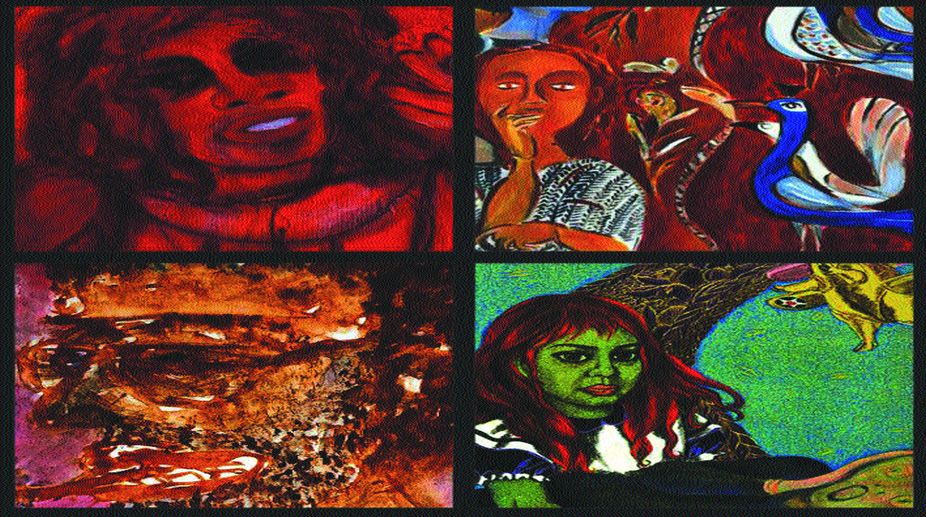Singer Sunidhi Nayak files Rs 5 lakh cyber fraud complaint
Indo-Bangladeshi singer Sunidhi Nayak reports a ₹5 lakh cyber fraud to police, alleging threats from scammers posing as CBI agents.

(PHOTO: SNS)
The Rasaja Foundation was set up in memory of eminent artist-writer-teacher Jaya Appasamy, who passed away in 1989. The idea behind Rasaja is to develop a new strategy, with the firm belief that the Foundation must provide a historically significant edifice to support the conservation of a rich cultural heritage of the world as a whole, in keeping with the vision of Jaya Appasamy.
The Foundation would like to push forward new ideas and mediums coming into the realm of art serving as stimuli for learning, as also facilitate national and international participants by tying up with Indian and foreign universities on various programmes.
Starting with owning a collection of artworks, Rasaja now has a fully- functioning office and gallery space for exhibitions, workshops, film screenings, discussions, and talks. In addition to this, it has a centre for collaborations, workshops, theatre, music, and dance performances as well as ceramic and glass workshops.
Continuing its efforts, four women artists from Shantiniketan are currently showcased at the Foundation's Gallery in A-5 Green Park Extension. Anita Bhattacharya, Chandrima Bhattacharya, Falguni Mukherjee and Sheema Barua, all give voice to woman power. With equally feminist concerns, their modes of expression, however, are vastly diverse, ranging from near abstractionist to folk, formal and regional.
Sculptor-painter Anita Bhattachrya, depicts woman as a symbol of power, unhesitatingly verging on the grotesque on occasion. With roots in Naihti, West Bengal, where Kali is a venerated deity and; mother, worshipped to the point of a collective trance, during the making of the pre-kali puja idol, incepting as an armature of wood and straw, to be built up layer by layer over the days, Anita's own psyche has been flooded by Kali variants and the dichotomy of the abysmal place of women in the very society that so venerates Kali.
She portrays in easy fluent forms a variety of Kali moods and incarnations, but "mostly that of a lonely woman with a will of her own, unstoppable like a gale". How true, that women with a will of their own are almost invariably lonely! The fluid forms beckon close scrutiny, from the busy Fishernam's Kali to the ones abadoned in neglected corners after the rituals are done ~ quite as the woman! A set of Kalis that sent you back without feeling fearful and embarrased, rather asking for empathy.
Chandrima makes complex and intriguing compositions, laborious and time comsuming, weaving into them memorablia from earlier masterpieces to strengthen her narrative of affronts and bruised sensibilities; Alice of Wonderland fame, Munch's The Scream, and Banithani, to mention a few. Strong works to emphasise woman power, done with great expertise.
Sheema Barua loves red and black, and uses it to portray semi-abstract images in connotation of women. Volume infuses power, even as red sets it afire. Falguni Mukherjee's mild, shy exterior lends credence to her paintings, wherein the ordinary and the everyday takes precedense over the complex and the complicated. Reminiscent of the works of KG Subramanyan and yet much her own, Falguni's works carry a predominant Bengali folk flavour, distinct from that of KGS. Thoughtful, contemplative, her subjects look on to the world in anticipation of whatever it has to offer, even as they stand reconciled. It is a reflection of her positivity that of all the various elements that could represent men in the present context, Falguni would choose as her insignia for pride and aggression, that most resplendantly beautiful of birds, the peacock. Exuding an aura of optimism, her works seem to retain hope for the future.
Advertisement
Advertisement